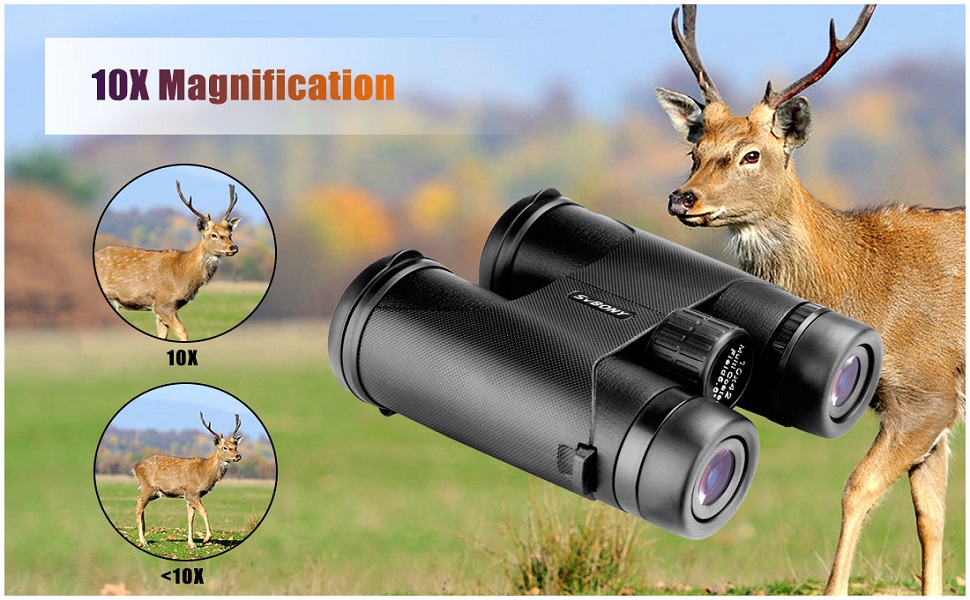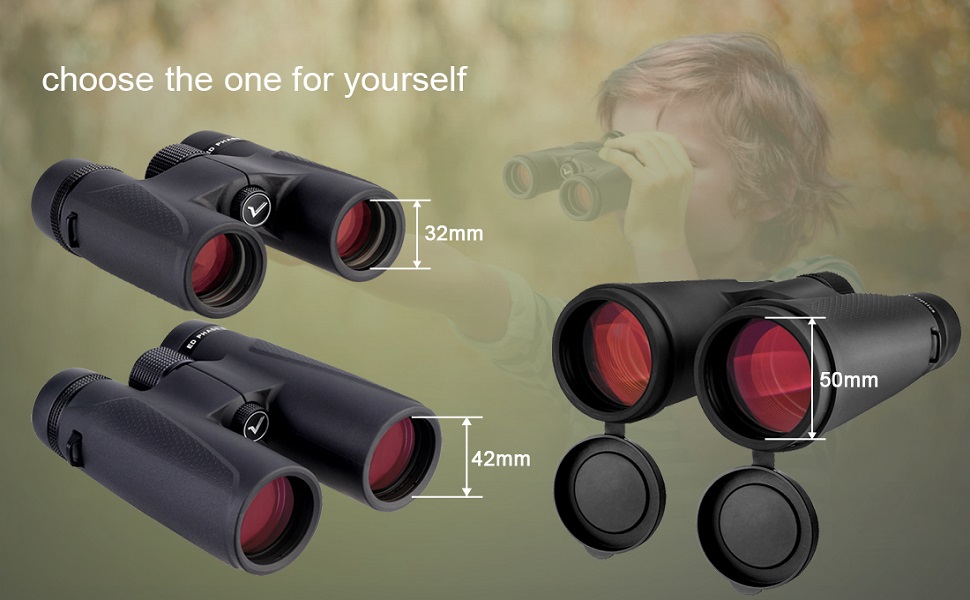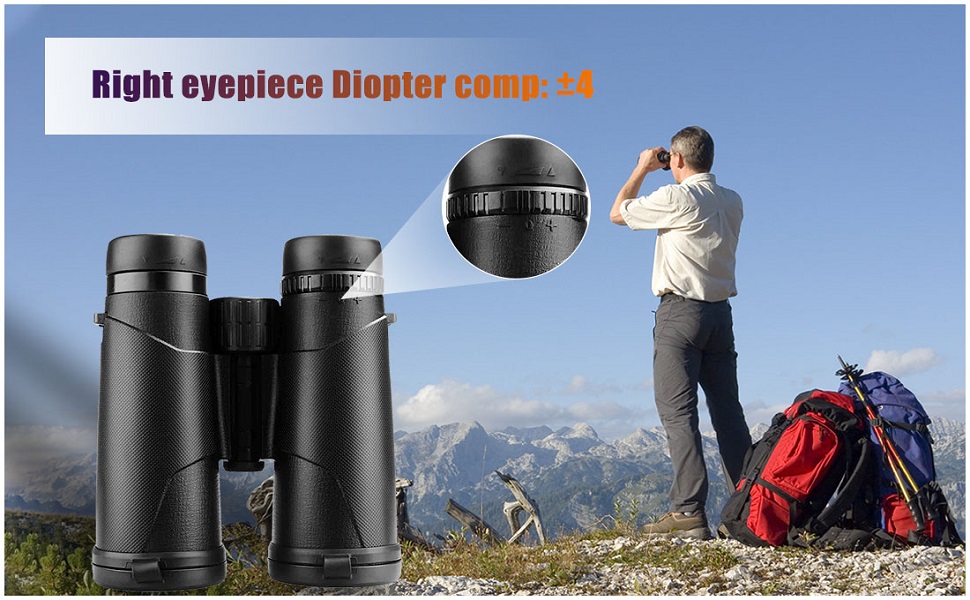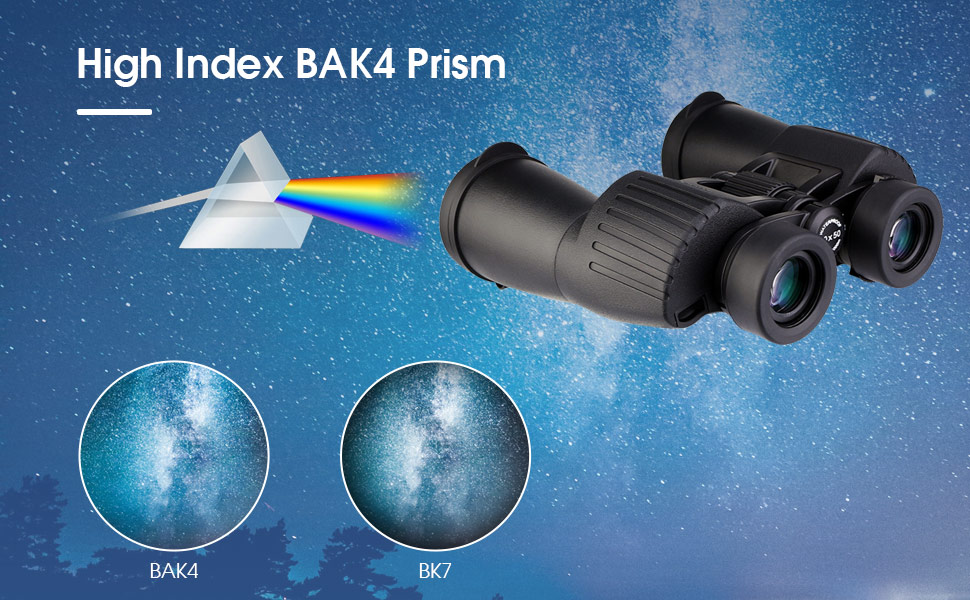What Is Important To Binoculars?(1)

What Is Important To Binoculars?(1)
- hu
- binoculars, How do novices choose a binoculars for bird watching?, binocular for bird watching, ,Important parameters of binoculars
For bird-watching enthusiasts, a binocular is a must that not only helps us observe more bird details, but also brings beauty and delight our hearts! Binoculars have moderate volume and weight, suitable for carrying at any time, the observation of comfort, large vision, very suitable for observing forest birds (forest birds are not far from the observer, moving Angle speed), the operation is also very easy! The requirements for birding binoculars are as follows:,
- Multiple: 7-10 times is more appropriate.Novice often like to use high times, but the image jitteredbrought by high times will offset the detail recognition power under high times. In addition, high times must be combined with large caliber objective lens to obtain good observation effect, but large caliber will directly increase the volume and weight of the telescope, affecting the portability.So the multiple is not the higher the better, for the average person, 7-8 times is enough!

- Caliber: Caliber refers to the diameter of the objective lens, generally between 20-50 mm.Small caliber, small volume, light weight, good portability, but low imaging brightness, observation comfort is poor.Large caliber, large volume, heavy weight, poor portability, but high imaging brightness is comfortable for observation.Common 20 and 25 mm caliber mainly highlight portability and are suitable for backup mirrors.30 and 32 mm caliber are the effect and portable compromise choice, 42 and 50 mm caliber mainly highlight the observation effect, suitable for the main mirror!

- Pupil diameter and specification: the pupil diameter is closely related to imaging brightness and observation comfort.The pupil diameter was calculated using the diameter of the objective lens.The 2.5 mm pupil diameter is suitable for bird watching in bright-lit environments, such as 8X20 / 10X25. The benefits of these specifications are small size, light weight and easy to carry, but the observation comfort is poor.The outgoing pupil diameter of about 4 mm can relax the requirements for light, such as 8X30 / 8X32 / 10X42, which can meet the bird-watching requirements of most occasions.And the pupil diameter above 5 mm, is basically all day Choutype, especially suitable for observing birds at dusk and dawn, such as 8X42 / 10X50, brightness clarity comfort is very high.

- Prism: Prism must be added to binoculars to obtain positive images, and common prisms are divided into roof ridge prism and Paul prism.Generally speaking, binoculars with ridge prism are more suitable for bird watching. Their appearance is that the cylinder is two straight tubes and the center spacing of the objective lens is small, which is suitable for the observation of close targets.And it is also easy to make a nitrogen-filled and waterproof structure, more suitable for the outdoor harsh environment.Small volume, light weight, good portability!However, to use the roof ridge prism to obtain excellent observation effect, you need to use high precision prism and complex coating, high cost leads to high price.Binoculars with a Paul prism, with a curved shape, a large center spacing between the objective lens, and a long and recently observed distance.It is not easy to achieve a nitrogen-filled waterproof structure (using left and right independent focusing can obtain high sealing, but this focusing method is not suitable for bird watching), in addition to large volume and weight.However, the advantage is that the optical technical content is low, with a relatively low price can get a good effect.There is also a binoculars with an anti-Paul prism, relatively light, but small caliber, not suitable for the main mirror.
 Not finished, will continue to update the supplement later, welcome to leave a message to add......
Not finished, will continue to update the supplement later, welcome to leave a message to add......






